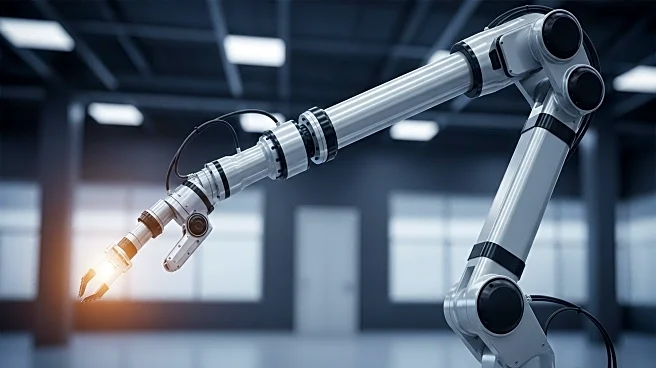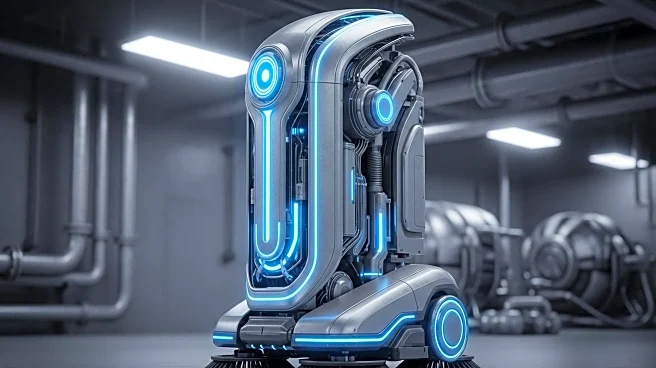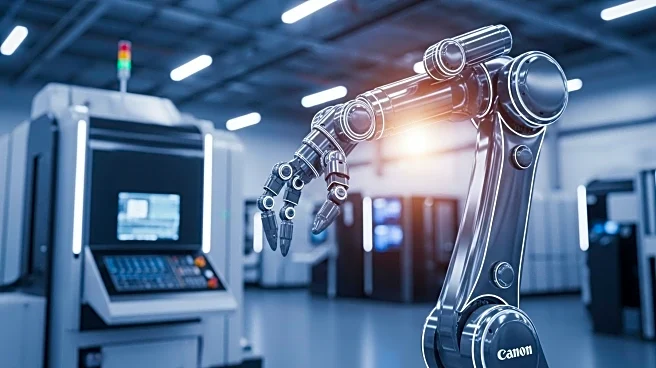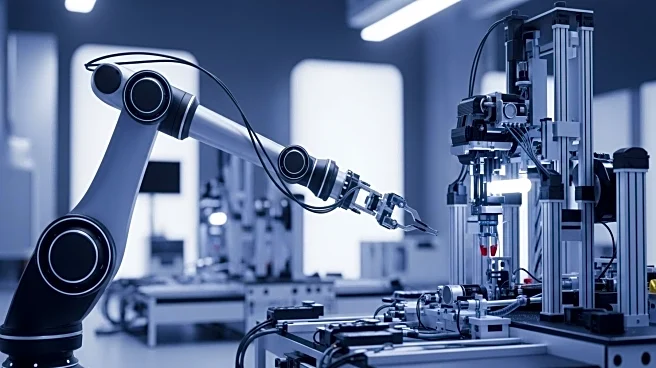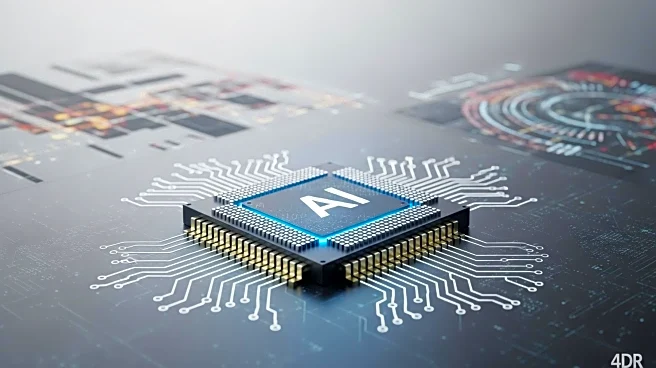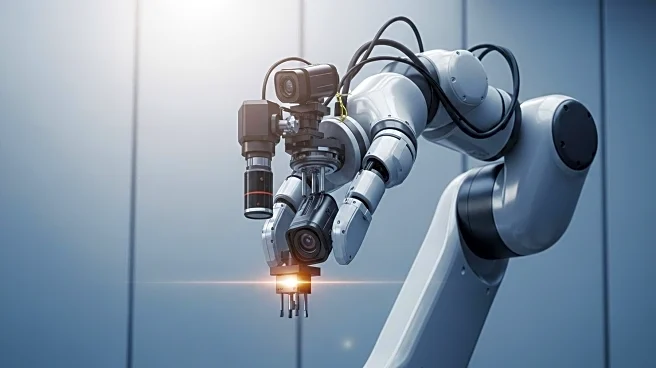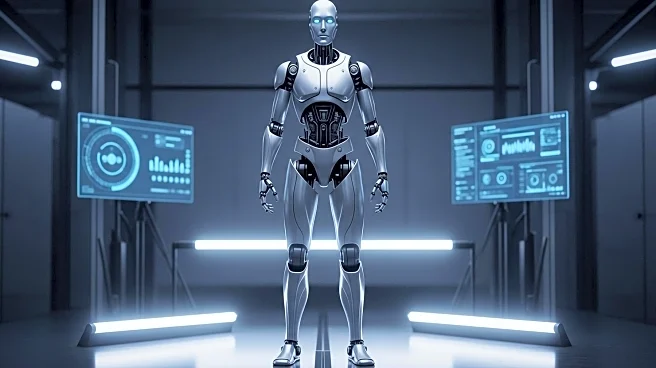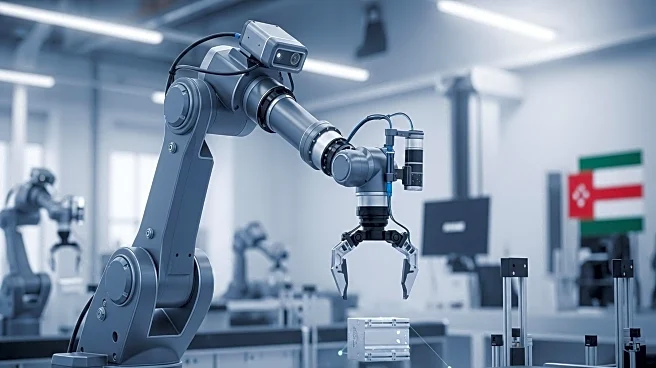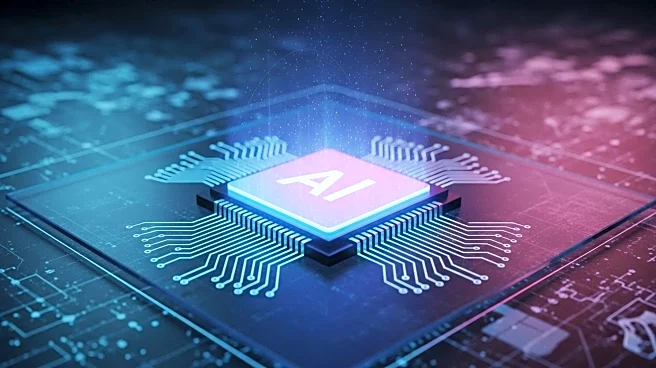What's Happening?
Shanghai Kepler Robotics Co., Ltd has announced the commencement of mass production for its K2 'Bumblebee' model, marking a significant milestone in the commercialization of humanoid robotics. The K2 'Bumblebee' is the world's first commercially available hybrid-architecture humanoid robot, designed for practical use in industrial environments. The robot features a hybrid serial-parallel design, combining roller screw linear actuators with rotary actuators, which enhances stability and performance. The production process includes rigorous testing, such as environmental trials and dynamic performance evaluations, ensuring the robot's readiness for real-world deployment. The K2 'Bumblebee' is purpose-built for industrial integration, offering up to 81.3% energy efficiency and capable of operating for up to eight hours on a single charge. It is designed for logistics, manufacturing, and specialized operations, with a competitive price point that makes it accessible to a broader range of customers.
Why It's Important?
The mass production of the K2 'Bumblebee' represents a pivotal shift in the humanoid robotics industry, transitioning from research prototypes to market-ready systems. This development is expected to accelerate the adoption of humanoid robots in various sectors, including logistics and manufacturing, by providing measurable value and operational benefits. The competitive pricing of the K2 'Bumblebee' lowers barriers for large-scale adoption, making advanced robotics accessible to more businesses. As humanoid robots become integral to industrial ecosystems, they can enhance productivity and safety by taking on repetitive and high-risk tasks. Kepler Robotics' success in solving technical challenges and scaling production positions the company as a leader in the global humanoid robotics market.
What's Next?
Kepler Robotics is committed to building a global humanoid robotics ecosystem by overcoming current barriers such as fragmented standards and limited local service networks. The company is partnering across the supply chain to establish an integrated 'technology-to-market' strategy. With strategic investors and a hardware-first approach, Kepler Robotics aims to secure stable component sourcing and drive down costs through scale production. As humanoid robots move into operational environments, they are expected to become essential nodes within industrial ecosystems, further accelerating industry-wide deployment and enabling more organizations to realize the benefits of advanced automation.
Beyond the Headlines
The introduction of the K2 'Bumblebee' into the market could trigger long-term shifts in how industries approach automation and workforce management. The robot's ability to perform complex tasks with high efficiency may lead to changes in labor dynamics, potentially reducing the need for human labor in certain sectors. Ethical considerations regarding the displacement of workers and the integration of robots into everyday workflows may arise as the technology becomes more widespread. Additionally, the development of humanoid robots could influence cultural perceptions of robotics and automation, shaping future interactions between humans and machines.

